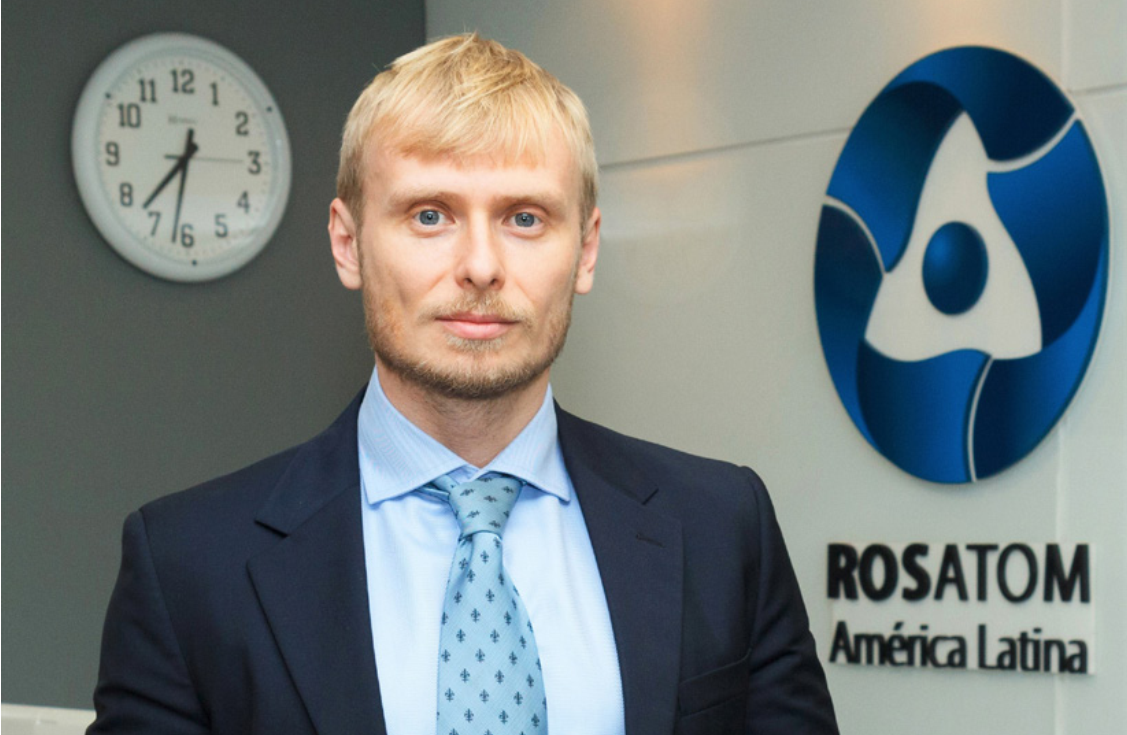
Atom for Latin America
back to contentsWhat are the trends in the Latin American energy sector? Why do countries of the region need to develop nuclear energy? What does Rosatom offer its partners in the region? Ivan Dybov, Director of Rosatom America Latina, answers these questions.
– Could you please briefly describe the state of affairs in the Latin American energy sector?
The countries of Latin America are very different in terms of maturity of their energy infrastructure, including generating capacity and transmission capabilities. Despite these differences, there is a number of major common challenges.
One of the challenges is overreliance on a certain type of energy. Hydropower plants are the main source of electricity in many countries. For example, hydro plants account for over 70% of total electricity generation in Brazil. For this reason, Brazil, Costa Rica and Guatemala suffer from power shortage from time to time, particularly during droughts when the power output declines and the price of electricity goes up.
What is more, some countries like Chile, for example, have to purchase large amounts of electricity from abroad.
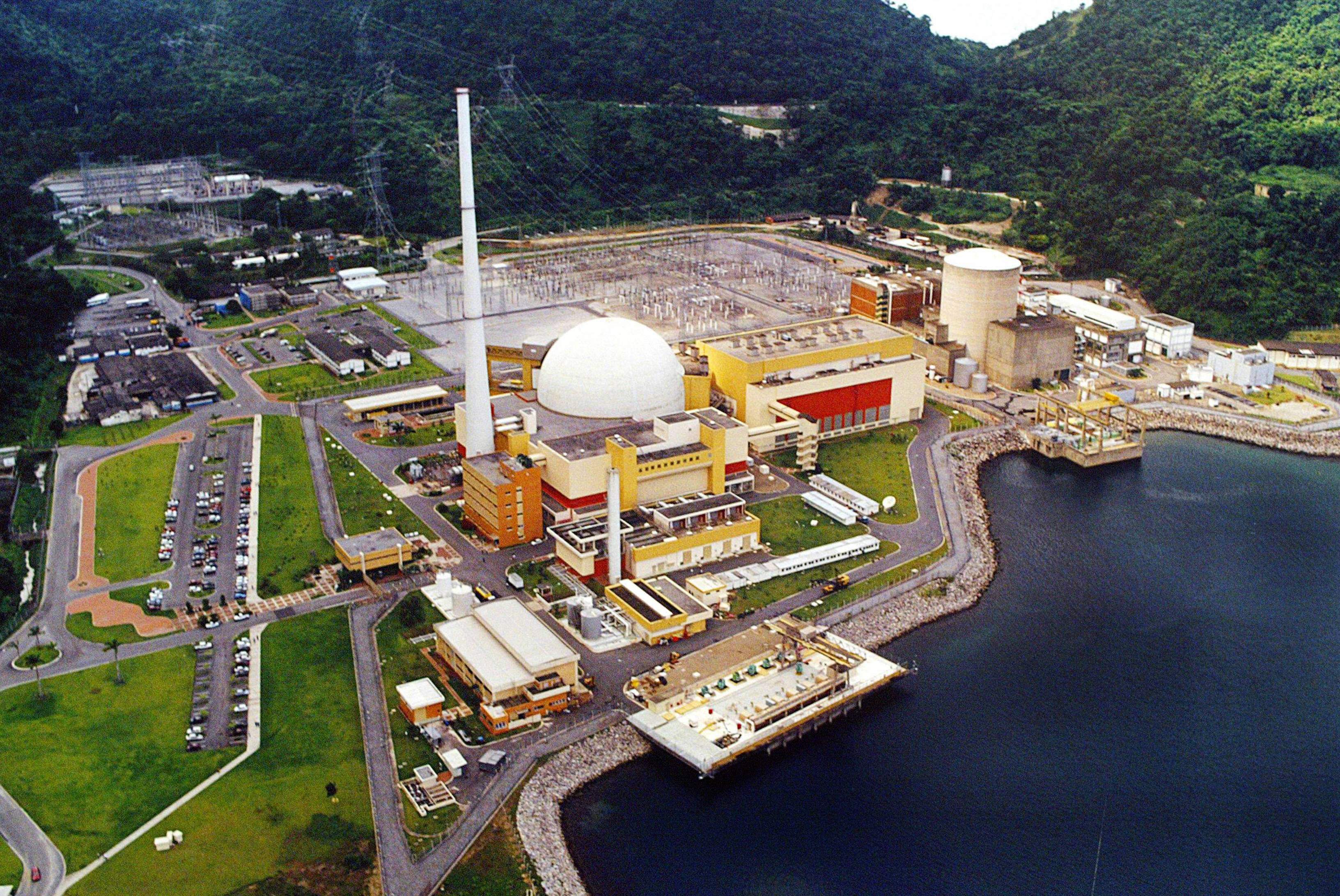
Interestingly, the Latin American countries that have nuclear generating capacity – Argentina, Brazil and Mexico – plan to build more nuclear power plants. In particular, Brazil plans to complete the construction of Unit 3 at the Central Nuclear Almirante Álvaro Alberto complex (Angra III). It has also voiced intentions to increase its nuclear generating capacity to 10 GW. Mexico has recently re-included plans to build 1.5 GW of nuclear capacity into its national energy development program. In its turn, Argentina is currently looking for partners to build new nuclear plants. Evidently, countries that have embarked on nuclear energy programs see nuclear as a reliable, cost-efficient and environmentally safe source of energy.
– What are the trends in the energy sector and what goals do national governments in the region set for themselves?
The overarching goal of every country in the energy industry is to secure uninterrupted supply of inexpensive electricity in the amount sufficient to meet the growing needs of industry and improve the quality of life of people while preserving the environment. Each country achieves this goal in its own way: some choose nuclear, others rely on alternative energy sources, such as wind and solar. This trend is particularly strong in Argentina, Chile, Brazil and other countries that have favorable conditions for the renewables.
At the same time, the region shows interest in the development of nuclear energy. Chile, for example, has studied the prospects of using small power reactors in high seismicity zones typical of that country.
In Mexico, the National Institute for Nuclear Research (ININ) studies the possibility of using small and medium power reactors to supply remote and hard-to-access regions of the country with electricity.
In addition, Brazil is interested in small modular reactors (SMR). Two years ago, we were invited by the Brazilian Ministry of Mines and Energy to hold a seminar on the Russian SMR technology and present technical and economic advantages of small modular reactors.
– Why can intensive development of nuclear energy be the best solution for the region?
In my opinion, the best solution for a reliable and efficient energy infrastructure is an optimal mix of different energy sources. Nuclear generation has its undeniable strengths as a baseload power source. With baseload in their national grids, countries receive an opportunity to develop less reliable alternative energy sources, such as solar or wind.
– Some countries in the region have been using nuclear power for many years. Could you please tell us about the history, status and other specifics of the Embalse and Atucha nuclear power stations in Argentina, Angra in Brazil and Laguna Verde in Mexico?
At present, only three Latin American countries have nuclear power plants. These countries are Argentina, Brazil and Mexico. However, the share of nuclear in their national energy mixes is extremely low and makes 2% of the total electricity production in Mexico, about 3% in Brazil and around 4% in Argentina.
Argentina operates three nuclear power reactors running on natural uranium – Atucha I, Atucha II and Embalse. The country also develops its own small modular reactor CAREM 25.
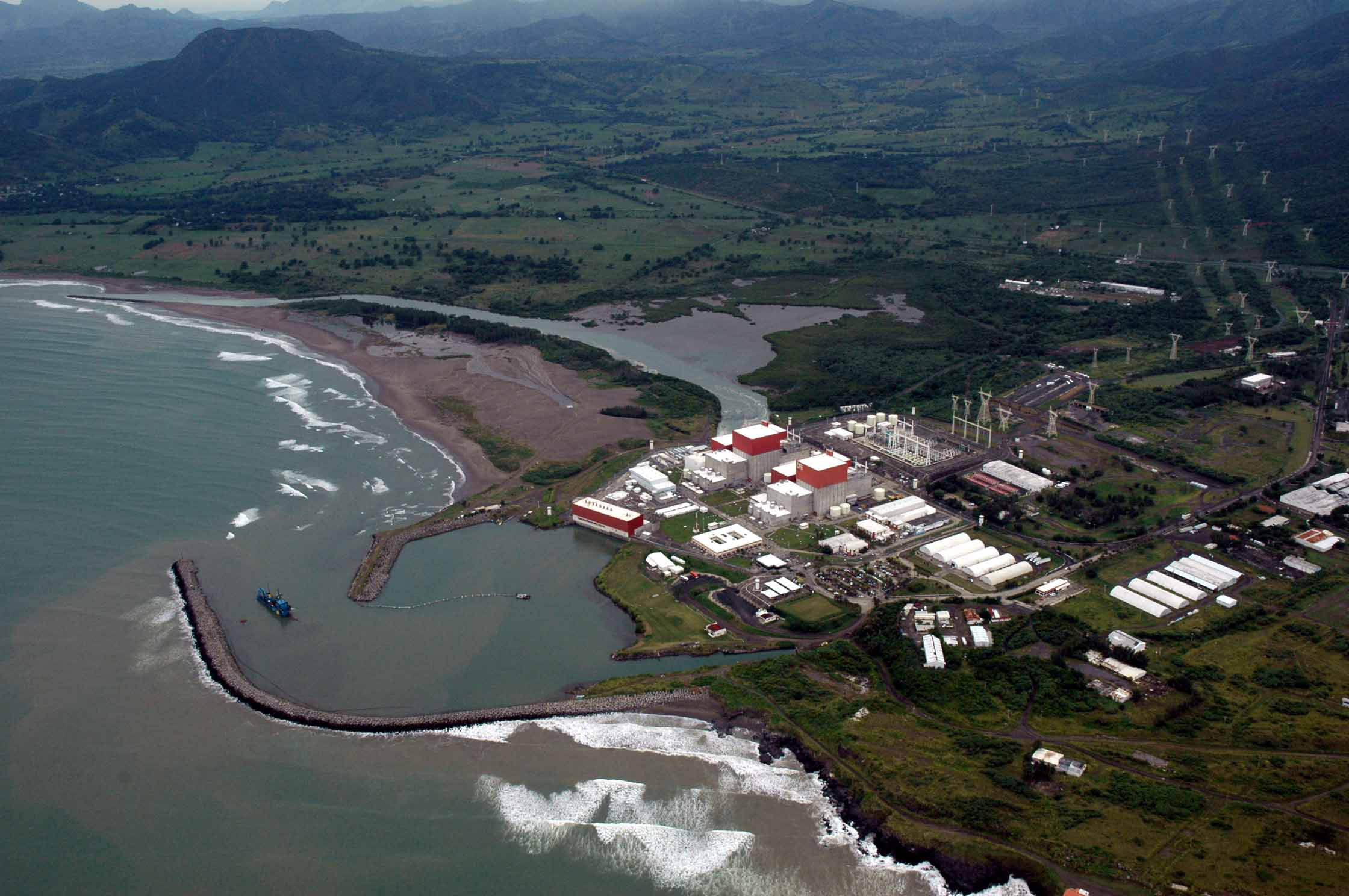
VERACRUZ,VERACRUZ.-08OCTUBRE2005.
La Central Nucleo Electrica de Laguna Verde trabajando de manera normal despues del paso del huracan “Stan”. La central se ubica en la zona central del estado en la zona conocida como el Farallon.
FOTO: Isaac Aguilar/CUARTOSCURO.COM
Brazil has two operating reactors, Angra I and Angra II, located at the Central Nuclear Almirante Álvaro Alberto complex (Angra nuclear power plant). At present, the country is taking steps to complete construction of the plant’s third unit. The construction started back in the 1980s but has been suspended several times for different reasons. The Brazilian government plans to carry out due diligence of the unfinished facility to assess its condition and the cost of completion, and has sent out a request for proposals. Due diligence results will be provided to potential vendors (large international companies) that will bid the contract to complete Angra III. An EPC contract is considered the preferred option.
Mexico has the only nuclear power station in operation, Laguna Verde, which was brought online in the 1990s. Initially, the government of Mexico had plans to increase its capacity but then abandoned them for several years. Earlier this year, nuclear generation was re-included into the national energy infrastructure development plan. I would like to mention that Rosatom has been the only supplier of enriched uranium for Laguna Verde for several years by now.
– What can nuclear power influence the national economies in the region? What additional advantages does a country gain if it develops nuclear power?
Development of power and non-power applications of nuclear technology boost economic development and improve the quality of life. It should be noted that nuclear is one of the most cost-effective sources of electricity. It is enough to say that one dollar invested in the construction of a nuclear power plant returns 4.3 dollars to the country’s GDP.
For now, Latin American countries are more active in non-power applications of nuclear technology, and Rosatom is ready to share its expertise in this field. For instance, the Russian nuclear corporation is building a nuclear science and technology center in Bolivia to help develop nuclear medicine and science in the country and make it possible to use nuclear technology in agriculture. We have also signed a memorandum of cooperation with the Dominican Republic. The document lays a foundation for partnerships in the non-energy sector.
Nuclear medicine also has much potential in the region. As an example, Rosatom is a major supplier of medical isotopes to Brazil. We develop cooperation with Argentina and plan to expand our partnership with Mexico.
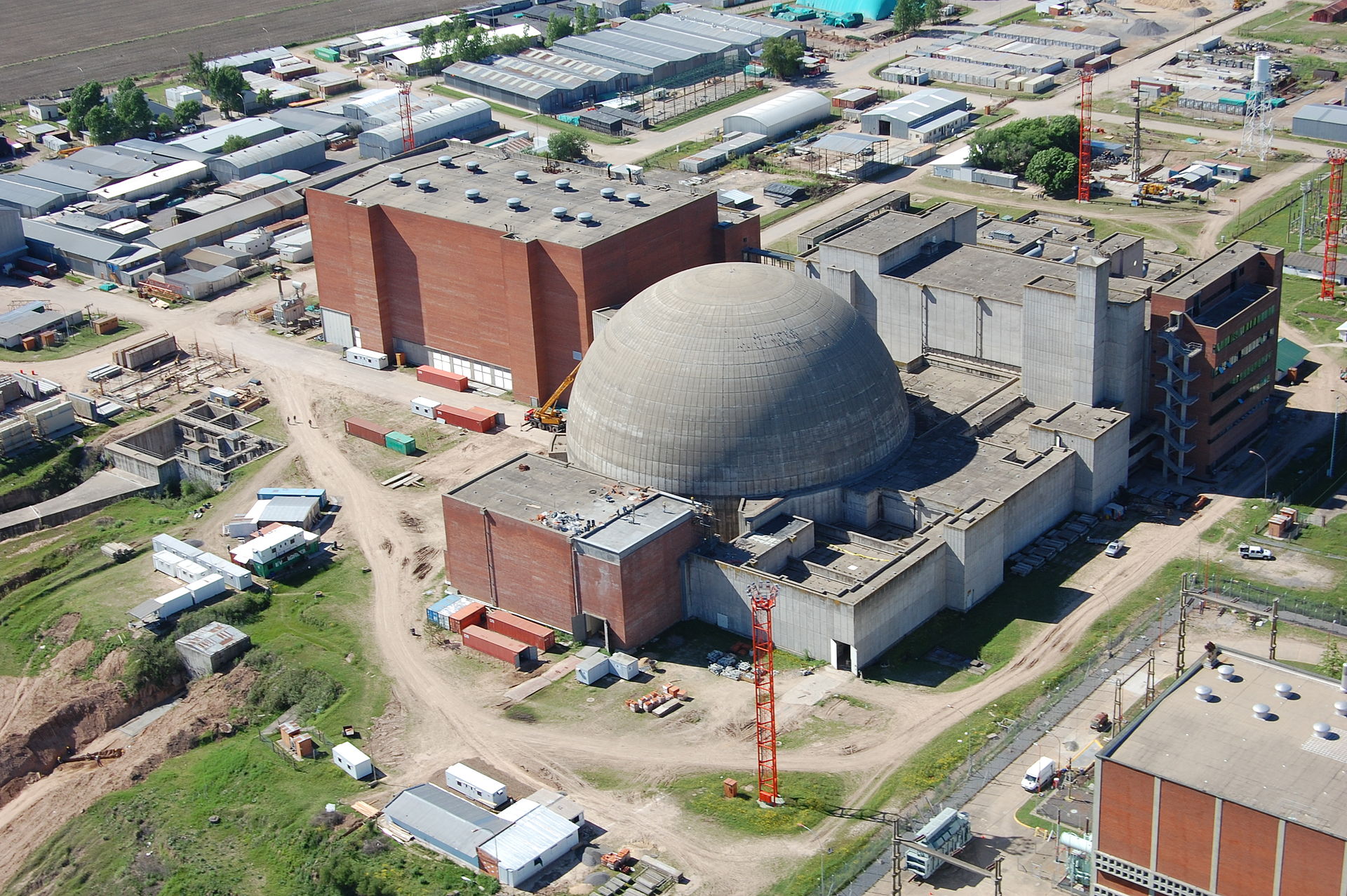
In addition, we have recently had promising talks with Guatemala and Costa Rica. Those countries plan to begin working on a legal framework for the application of nuclear technology in health care and agriculture.
I would like to point out that non-energy applications of nuclear technology have a positive effect on the local economy and the quality of life of people living there. For example, irradiation of agricultural produce increases its shelf life, so local companies can export more goods and, consequently, will generate more profit and pay more taxes.
Apart from that, a developed nuclear industry creates many new jobs and increases the level of education among the locals.
– What other nuclear technologies, apart from nuclear power generation, are or can be adopted by Latin American countries?
As I have already said, we see potential in nuclear medicine and agriculture, particularly in irradiation applications for the treatment of agricultural produce. Rosatom has gained much expertise in the Latin American market. For example, we have supplied irradiation facilities to Cuba, Ecuador and Peru, where they are being operated with upgrades on the plan.
We also hold talks with private investors to establish joint ventures that will construct nuclear facilities for irradiation of produce and sterilization of medical equipment in Brazil and Mexico.
– What does Rosatom offer its partners in the region? Could you please tell us about local projects carried out or planned to be carried out?
One of Rosatom’s key projects in Latin America is a center for nuclear research and technology (CNRT) in El Alto (Bolivia). This will be the world’s highest nuclear facility sitting 4,000 meters above the sea level. CNRT will bring local health care to a new level and make a sizable contribution to the city infrastructure. It will also create around 500 highly qualified jobs for the residents of El Alto and La Paz. If the CNRT capacity is expanded in the future, it will help provide locals with healthy food and secure food supply in the region. The center will serve as a reference for other similar projects in the region – neighboring countries already show interest towards them.
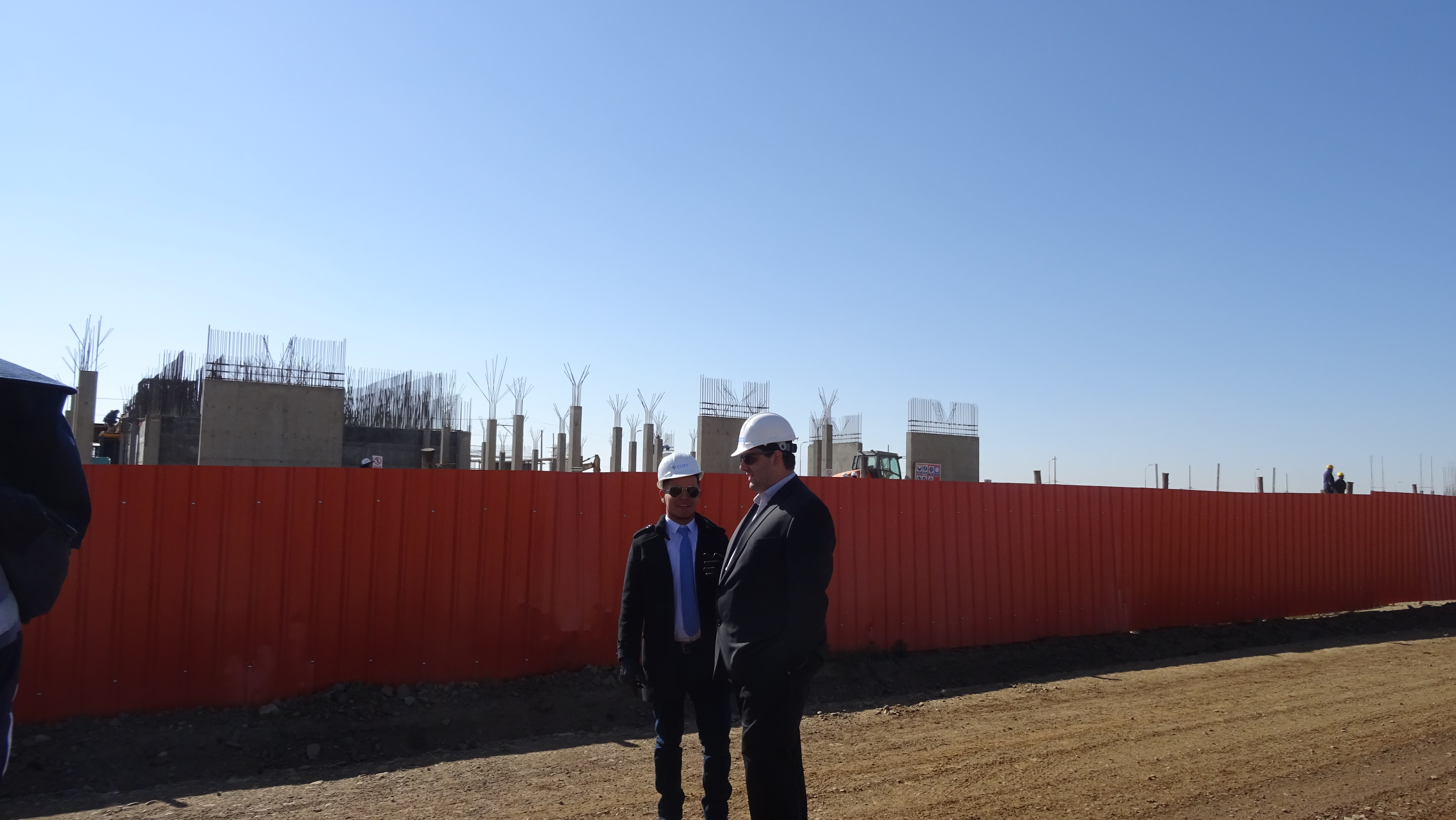
We also plan to expand our cooperation with Brazil in the supply of isotopes. We will soon sign a contract to ship new isotopes, such as lutetium and actinium, to the country. We bid for uranium supply contracts on a regular basis and, for four years now, have been supplying natural uranium for the production of nuclear fuel in Brazil.
We also see much potential in the cooperation with Argentina in nuclear fuel cycle management.
We work with many Latin American countries, while making the first steps in establishing ties with some of them. If they get interested, we sign memorandums to outline specific areas of cooperation. Later on, we form working groups to draft intergovernmental agreements that serve as a legal basis for larger projects in nuclear energy and other applications of nuclear technology.
– What are the functions of Rosatom America Latina? Could you tell us about your current projects, plans and goals?
Our primary goal is to search for new business opportunities, support current projects, and secure revenue growth and new contracts in Latin America for Rosatom. We should be closer to our customers, know their needs and help them solve complex tasks.
With this in mind, we hold regular business meetings, do market research, and prepare offers and proposals, including proposals for mergers and acquisitions. We also collect feedback on Rosatom’s products and services and analyze what are their best ways to market, how competitive they are and how they can be made more attractive for the customers.
It is only natural that doing business in Latin America we invest much effort and money in corporate social responsibility. For instance, we launched a number of social initiatives in Brazil.
Since early 2021, we have cooperated with Brazilian environmental organization Instituto Vida Livre that rehabilitates animal victims of poaching, accidents and other human activities in natural habitats.
In 2020, amidst the pandemic, Rosatom America Latina provided support to the neighborhood association of Cidade de Deus, one of the poorest neighborhoods in Rio de Janeiro, and Os Arteiros, a local art group. We organized a joint charity event – more than 300 families in need received food boxes, facemasks and antiseptics to counter the spread of coronavirus. In October, we supported the Amores, a stage performance produced and played by children from poor families.
What matters most to Rosatom is training of industry professionals who will later contribute to the development of nuclear technology. For this reason, we support Russian universities offering degrees in nuclear science and engineering in their contacts with Latin American universities and acquiring students from Latin America to study in Russia. In particular, the National Research Nuclear University (MEPhI), a key supplier of staff for Rosatom, and Brazil’s Nuclear and Energy Research Institute (IPEN) signed a memorandum of understanding in 2020 to cooperate in research and education.




